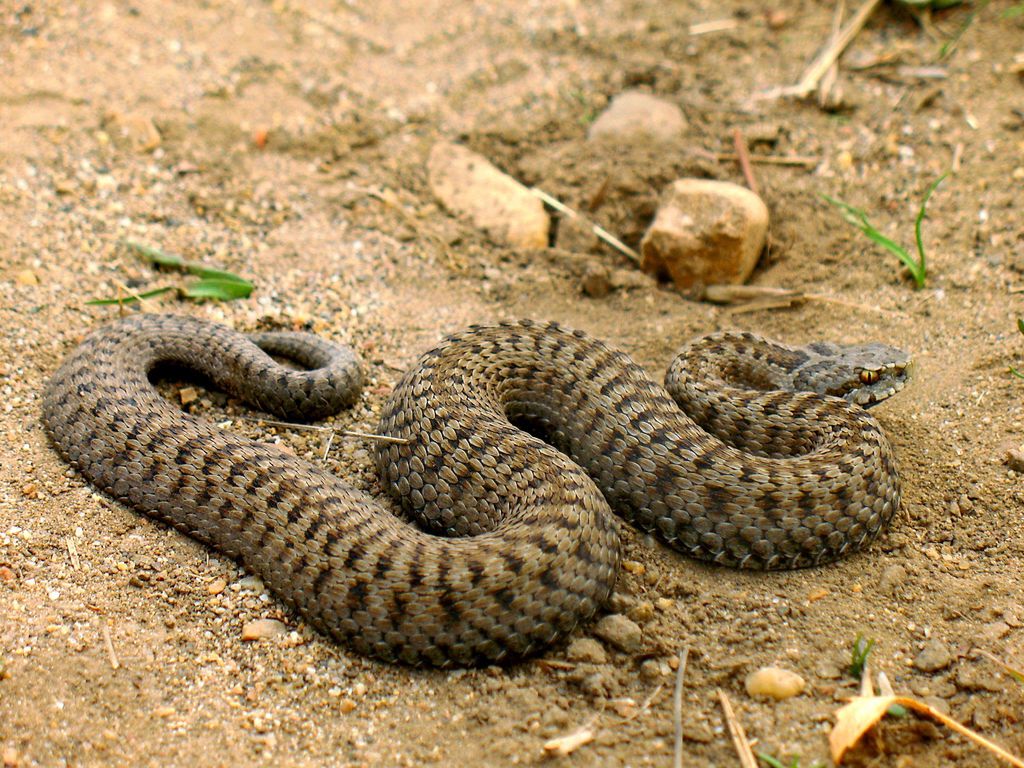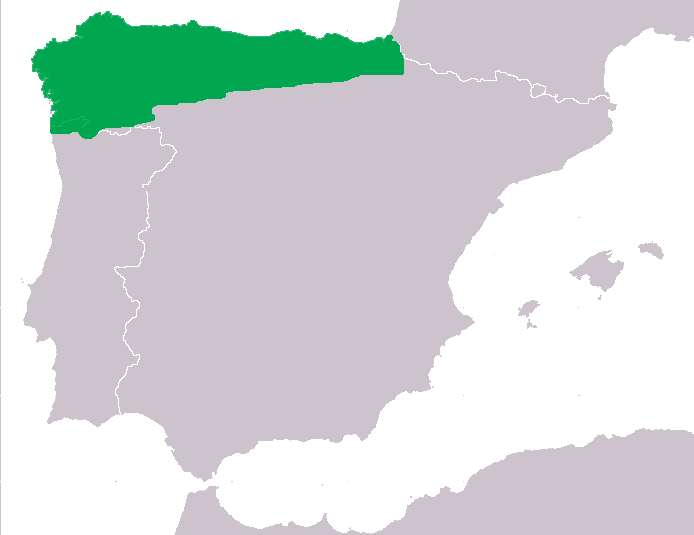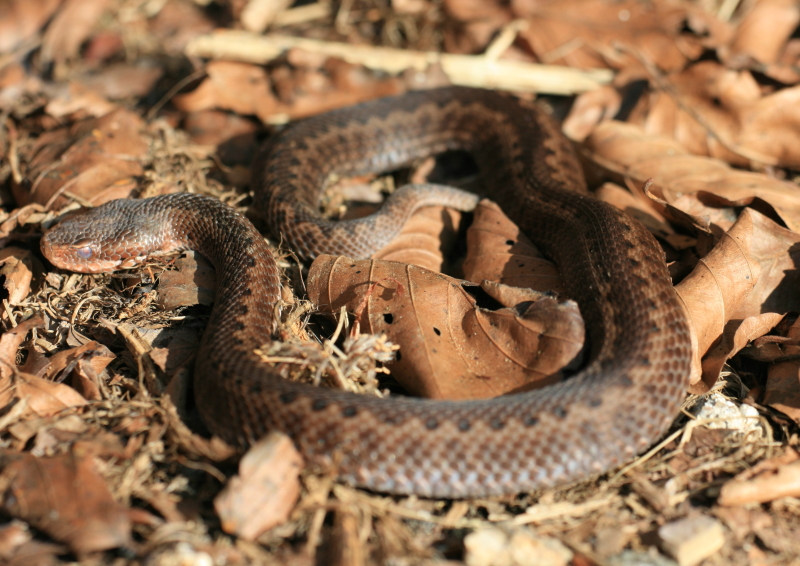Spain, with its rich biodiversity and variegated landscapes, is home to a variety of snake species, yet none inspires as much caution and respect as the Seoane's viper (Vipera seoanei). This serpent, albeit not large, packs a significant punch with its potent venom, making it Spain's most dangerous snake. Here, we delve into the characteristics of the Seoane's viper, including size, the speed at which its venom acts, available antidotes, habitats, and identification tips, to better acquaint you with this fascinating yet formidable reptile.

The Seoane's viper, while not the largest snake you might encounter in Spain, has a notable size for a viper. Adults generally reach lengths between 50 and 70 centimetres, with exceptional individuals stretching up to 80 centimetres long. This size enables the viper to prey on a range of animals, including small mammals, birds, and amphibians.
One of the reasons the Seoane's viper is considered so dangerous is the efficacy of its venom. The venom of this snake is haemotoxic, affecting the blood and tissues of the victim. Symptoms of a bite can include immediate pain, swelling, and discolouration at the bite site, followed by nausea, vomiting, and in severe cases, haemorrhaging and necrosis around the wound.
The speed at which the venom acts can vary depending on a number of factors, including the amount of venom injected, the location of the bite, and the victim's size and health. Generally, symptoms can manifest quickly, within minutes of the bite, necessitating prompt medical attention.
Fortunately, fatalities from Seoane's viper bites are rare, thanks partly to the availability of effective antivenoms. It is crucial for anyone bitten by a Seoane's viper to seek immediate medical help. In hospital settings, doctors can administer antivenom to neutralise the effects of the venom. The sooner the antivenom is given, the greater the chances of a full recovery, highlighting the importance of swift action in the event of a bite.

Seoane's vipers are predominantly found in the northern regions of Spain, favouring cool, moist habitats. They are adaptable and can be encountered in a variety of environments, including woodlands, meadows, and even semi-urban areas where their natural habitats intersect with human habitation. Their preference for such areas means that encounters with humans, while still relatively rare, can and do occur, especially in rural locales.
Identifying a Seoane's viper and distinguishing it from other snakes in Spain is vital to avoiding unwelcome encounters. Key characteristics include:
-
Colouring and Pattern: Their colouration varies from grey to reddish-brown, with a distinct zigzag pattern running down the length of their back. This pattern can be useful in distinguishing them from other, non-venomous snakes.
-
Head Shape: Like other vipers, Seoane's vipers have a distinctive triangular head shape, with a short, stubby nose. Their eyes have vertical slit pupils.
-
Size: Considering their moderate size, any large snake encountered is unlikely to be a Seoane's viper.

While the Seoane's viper is indeed Spain's most dangerous snake, encounters leading to bites are uncommon. To minimise risks, it is advisable to:
-
Remain vigilant while walking in their habitats, especially during warmer months when snakes are more active.
-
Avoid reaching into areas where visibility is limited, such as dense underbrush or piles of rocks and leaves.
-
Wear protective clothing, such as long trousers and boots, when moving through areas known for viper presence.
The Seoane's viper, with its distinctive appearance, potent venom, and specific habitat preferences, stands out as Spain's most dangerous snake. Armed with knowledge about this species, including how to identify it, the symptoms of its bite, and the immediate steps to take if bitten, individuals can better navigate Spain's natural landscapes with confidence and safety. Remember, respect for this snake and its environment is key to coexisting peacefully with one of Spain's most remarkable wild inhabitants